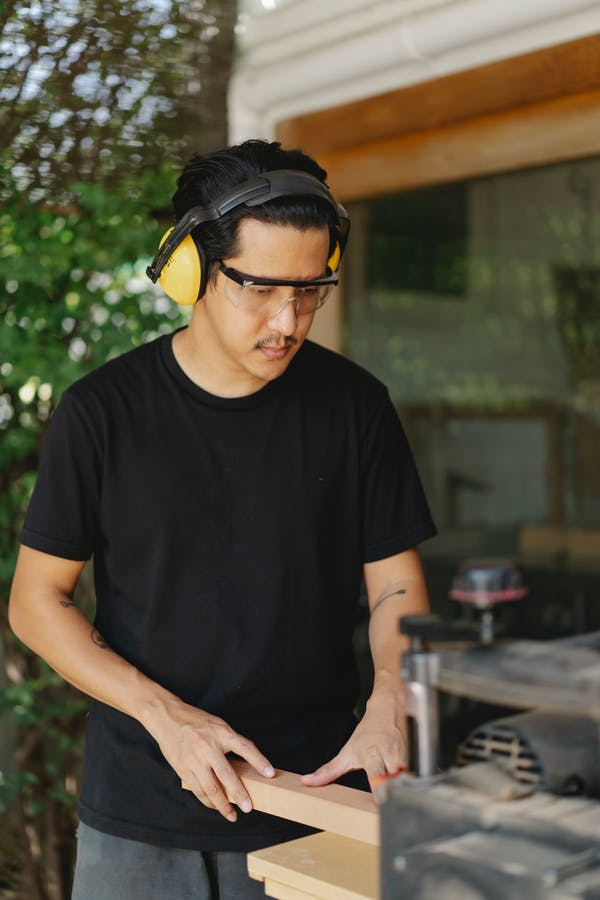Latest News
Creating Signs on Wood Using Stencils

Stenciling is probably one of the quickest and easiest ways to create amazing signs, even if you do not have good handwriting or the needed artistic mend of mind. A lame man can produce a great decorative piece using them. But there are certain tricks you must know to make the end result appear to have been done by a pro.
After spending hours on a project, if you find that the gorgeous design you were expecting to see has come out to be a blobby, smeary mess instead, you will get disheartened. And when it comes to stenciling on unpainted wood, you have to be extra-cautious because fixing an error on such a surface is difficult. This article will tell you how you can accomplish the task without mistakes.
Materials needed
- A stencil design of your choice
- A perfectly shaped wooden plank
- Repositionable spray adhesive
- Paper plate
- Paint
- Makeup wedges
- Toothpicks
Choosing the wooden surface
You can use this technique on any wooden surface, from custom signs to wood planks to furniture. Today, we will be doing the project on a rectangular plank of wood. You can choose any shape. But it will also depend on the stencil size because you will have to accommodate the design at the center of the plank. You can use a welcome stencil, stencils with motivational quotes, custom stencils, and simple alphabet stencils to create a sign of your own.
Remember to choose a smooth wooden surface as it is easier to stencil on it. Rough surfaces will have little grooves where the paint might seep in, leaving a messy design.
Using the repositionable spray adhesive
Before you place your stencil on the surface, it’s always better to spray the backside with a repositionable adhesive. Some prefer to use painter’s tape to hold the stencil in place. But the only drawback is you do not get to firmly place the entire stencil on the surface with tape. Vinyl stencils with adhesive backs meant for single use can also work. Now place the sprayed stencil exactly where you want to paint the design.
Using makeup wedges instead of a paintbrush
Well, we would like you to try this tip out for yourself. Stencil brushes and paint brushes are good for professional artists. But for a novice, using them will not give you clean lines. For a beginner, a makeup wedge sponge will be a perfect stenciling tool.
Painting the plank
Choose any paint of a contrasting color of your choice and pour it on a plate. Dip the wedge end into the paint and blot the excess off with a paper towel. The sponge should be moist and not drenched with paint. Excess paint will ruin the design.
Now, start dabbing the moist sponge onto the design. Do not use a motion that you use for a paintbrush, i.e., sliding back and forth. Instead, dab using up and down motion. You may need to repeat the process one more time to make the color pop. Let the paint dry, and then pull the stencil off the surface.
Toothpick trick
If, after pulling off the stencil, you find stencil marks that you do not want to be there, dip a toothpick in the paint and fill in the gaps carefully.
Conclusion
Voila! You have your DIY sign ready!
Umar Nisar was born and raised in the busy city of Abbottabad. As a journalist, Umar Nisar has contributed to many online publications including PAK Today and the Huffing Post. In regards to academics, Umar Nisar earned a degree in business from the Abbottabad UST, Havelian. Umar Nisar follows the money and covers all aspects of emerging tech here at The Hear Up.
Thanks










